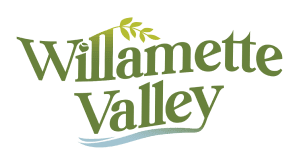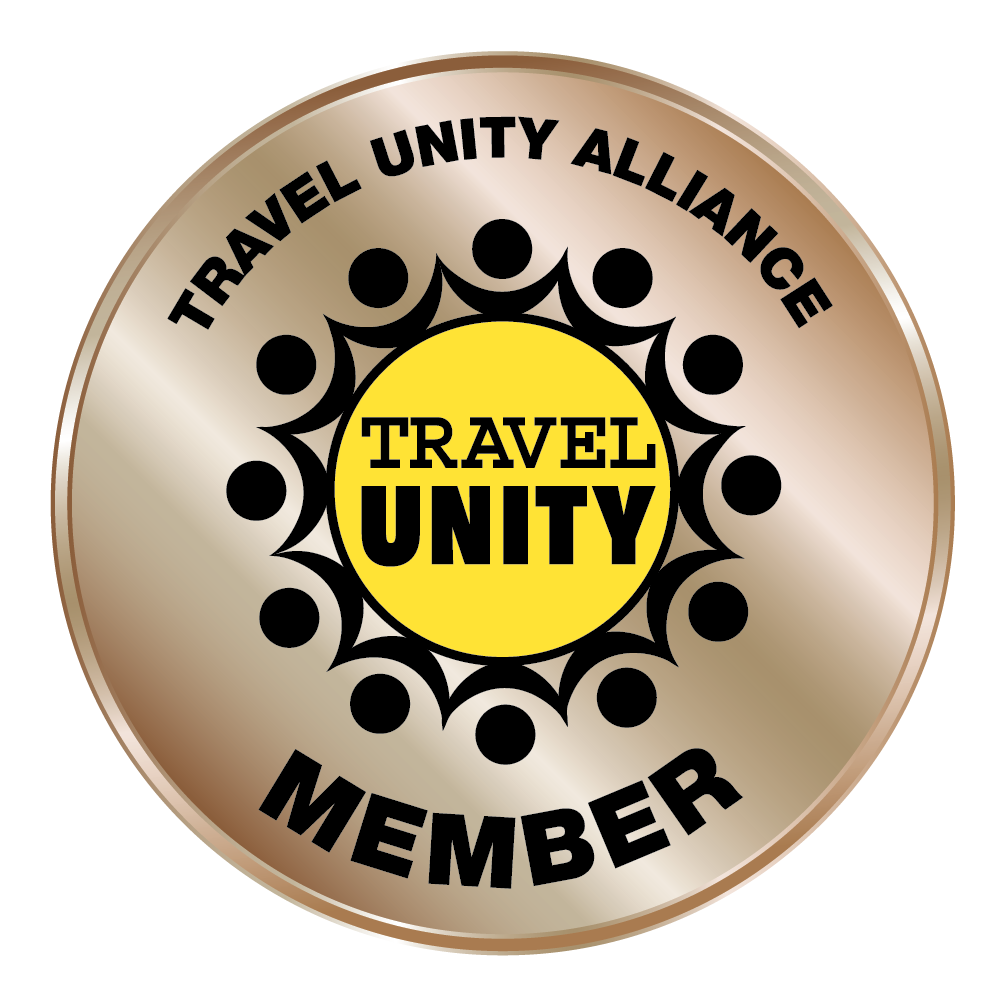Honoring the Indigenous Communities of the Willamette Valley
Indigenous communities have called the Willamette Valley home since time immemorial. During National Native American Heritage Month and all year long, we want to recognize that the tribes of the Kalapuya—including the Tualatin, Yamhill, Luckiamute, and Santiam people—have hunted, fished, foraged, traded, traveled, and lived on these lands for thousands of years.
Today, the Confederated Tribes of Grand Ronde—comprising more than 30 tribes from throughout Oregon, California, and Washington—remains active on its ancestral homelands and is dedicated to preserving tribal cultures and traditions for future generations.
With such a rich past, thriving present, and promising future, we want to honor the Indigenous communities of the Willamette Valley. Here are some of those important stories and resources for learning more.
For most of her adult life, Brandy Grey has looked at the world around her through the prism of stories - first as a journalist, and now as the tasting room manager and events coordinator at Fairsing Vineyard.
Today, she's undertaking what might be her most ambitious storytelling effort yet: hoping to change the narrative around the Willamette Valley's agricultural history and the place Indigenous people have in the region's winemaking industry.
Read more about Brandy and what she's doing to change the narrative.
Chef Jack Strong, a member of the Confederated Tribes of Siletz Indians, grew up on the Siletz Reservation on the Oregon Coast and has spent his career working with ingredients and flavors important to Native American communities across the West.
Now, Strong has returned to the Pacific Northwest and is now the executive chef at The Allison Inn & Spa's Jory Restaurant in Newberg—where he's incorporating the bounty of the Willamette Valley into a wide range of creative dishes. Learn more about Chef Strong and his commitment to fresh, local cuisine.
Chachalu Museum & Cultural Center Exhibition
The Confederated Tribes of Grand Ronde honors its past and present in a variety of fascinating ways at the Chachalu Museum and Cultural Center.
The museum comprises interpretive panels that tell the stories of tribal matters—like traditional foods and the people of western Oregon—as well as timelines, large-format photographs of important natural features, cultural artifacts, and more.
Historical Exhibits at the Museum of Natural and Cultural History
The University of Oregon's Museum of Natural and Cultural History has long worked to connect visitors with the stories of the region's first people - not just in the Willamette Valley, but throughout Oregon.
The interactive exhibit Oregon: Where Past is Present, for instance, begins its journey 14,000 years ago with the region's earliest inhabitants; visitors can read interpretive panels, view artifacts that date back thousands of years, learn about archaeology, and even test their skills with ancient weaving techniques.
If you can't make it to Eugene, visit the museum's online collections for a deep dive into the region's history, and stay connected with the museum's Explore From Home programs (available in English and Spanish).
Marys Peak Creek Naming Honors the Indigenous Heritage of the Willamette Valley

Marys Peak, the highest point in the Oregon Coastal Range Mountains
Thousands of years ago, a great flood washed over the Willamette Valley, leaving only a few peaks for refuge. One of those peaks was what we know today as Marys Peak — one of the highest points in the Willamette Valley and the highest point in the Oregon Coast Range.
The peak has long been sacred to the Kalapuya people. In recognition of that, the volunteer-run Marys Peak Alliance advocacy group has been working with the Confederated Tribes of Grand Ronde to provide 10 previously unnamed creeks in the Marys Peak watershed with names that recognize the historic and cultural importance of the land.
Learn more about the newly named creeks on Marys Peak—along with how the mountain became so important to the Kalapuya people.
In recent years, the Salem-based Hallie Ford Museum of Art has earned acclaim for its collection of art from Northwest Native American tribes — with a special emphasis on artists from Oregon and the Willamette Valley.
Visitors can view some of the collection at the museum’s permanent exhibit, Ancestral Dialogues: Conversations in Native American Art, which includes baskets, ceremonial regalia, paintings, prints, sculpture, and more.

Works available for view at Hallie Ford Museum, photo courtesy of Erick Durano and Travel Salem
The museum also hosts short films with three Native American artists whose works are on display in the exhibit; each of the featured films are available online.
Learning Leads to Understanding
Wenix Red Elk, the Education Outreach Coordinator for the Confederated Tribes of the Umatilla Indian Reservation (CTUIR), shares the specifics and preparation of First Foods like salmon, deer, elk, camas bulbs, biscuitroot and huckleberry.
More Resources
Follow the Confederated Tribes of Grand Ronde on social media: 

Eloheh Indigenous Center for Earth Justice (website)
Zenger Farms (website)
Native American Student & Community Center at Portland State University (website)
Indigenous Food Sovereignty Movements Are Taking Back Ancestral Land (article)
Native Land Digital Map, showing which where tribes have traditionally lived (website)















